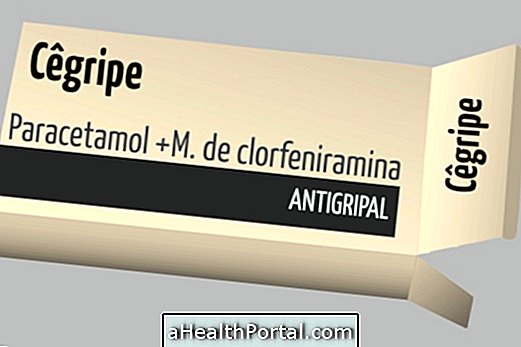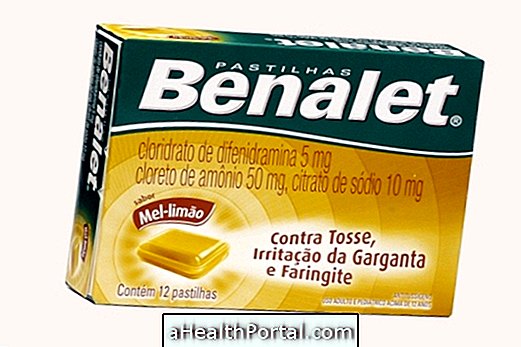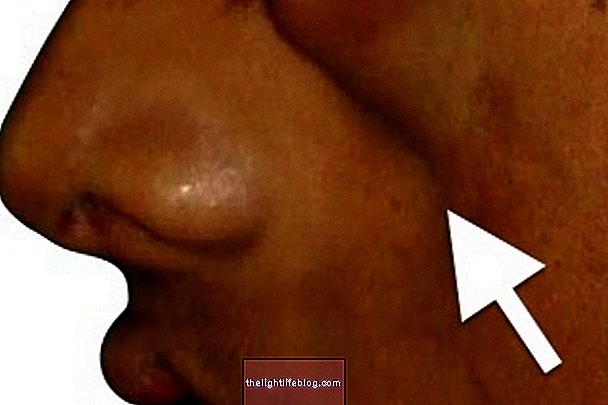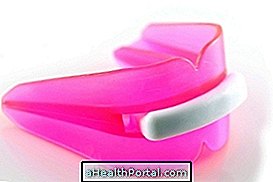Applying the right ointment helps to dry the boil faster, relieving pain and discomfort. They can be used to treat inflamed boils anywhere on the body, but usually boils appear in the groin, armpit, thigh, face or butt.
Some examples of ointments for boil are:
- Antibiotic ointments: Nebaciderme, Ictiol, Nebacetin, Bactroban
- Natural ointments: it contains basilicão or belladonna
Antibiotic ointments can only be bought with a prescription, but the natural ones can be sold freely in pharmacies and drugstores, and can also be bought in drugstores, but are generally not as effective as antibiotic ointments made in the laboratory.
The boil is a skin infection caused by bacteria that forms a reddish lump, which generates intense pain and discomfort. When the person has more than one boil at the same time or when he has boils frequently, this is called furunculosis, in which case the most indicated ointment is Bactroban.
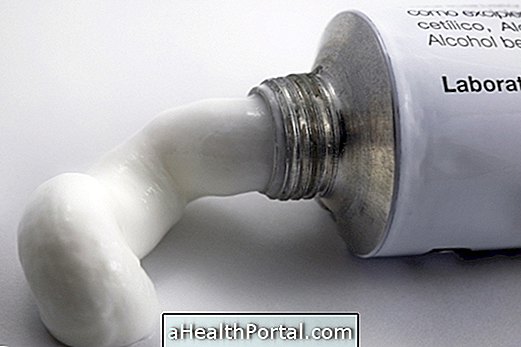
How to use the ointment to dry the boil
The correct way to use the ointment varies according to the composition of each ointment. The following are the ways of using the most sold boils:
Ictiol and Furacin ointments - antibiotic
- Wash the affected area thoroughly with soap and water;
- Apply a thin layer of the ointment over the boil with the aid of a sterile gauze. Use about 1 to 3 times a day or as directed by a doctor.
Nebacetin ointment - antibiotic
- Wash the affected area thoroughly with soap and water;
- Apply a thin layer of the ointment over the boil with the help of a sterile gauze, about 2 to 5 times a day or according to the medical indication.
Bactroban ointment - antibiotic
- Wash the affected area thoroughly with soap and water;
- Apply a thin layer of the ointment on the boil with the aid of a sterile gauze 3 times a day or according to the medical indication.
Belladonna ointment - natural anesthetic
- Wash the affected area thoroughly with soap and water;
- Apply a thin layer of the ointment on the boil with the aid of a sterile gauze 3 times a day or according to the medical indication.
Basilica ointment - natural anti-inflammatory
- Wash the affected area thoroughly with soap and water;
- Apply a thin layer of the ointment over the boil with the aid of a sterile gauze 3 to 4 times a day or according to the medical indication.
After applying the ointment indicated by the doctor it is possible that symptoms such as small itching, redness, swelling and increase of the temperature in the place, but generally its use is well tolerated. These ointments should not be used during pregnancy and lactation.


How to treat inflamed boil
When a boil is inflamed it is necessary to keep the skin always clean to prevent the boil from getting worse. It is normal for the boil to start to leak and the pus leaves in 7 to 10 days, which greatly alleviates the pain but increases the risk of infection by spreading bacteria on the skin.
Putting a warm compress on top of the boil is a good way to relieve pain, but it is important to use a sterile gauze pad or gauze, always using a new wrapper every time you apply the compress to reduce the risk of infection.
The ointment should be indicated by the doctor, and besides its application, to cure the faster boil, it is also advised:
- Apply compresses of warm water or chamomile tea on top of the boil, 3x per day;
- Do not squeeze or burst the boil with the nails, as it is very painful and the infection can spread through the skin;
- Take a bath every day with an antiseptic soap, while boiling.
The boil usually appears when the person has compromised immune system, which allows a greater development of bacteria in the skin. A good way to increase the body's natural defenses is to take Echinacea tea regularly, especially if you are sick or undergoing chemo, for example.


